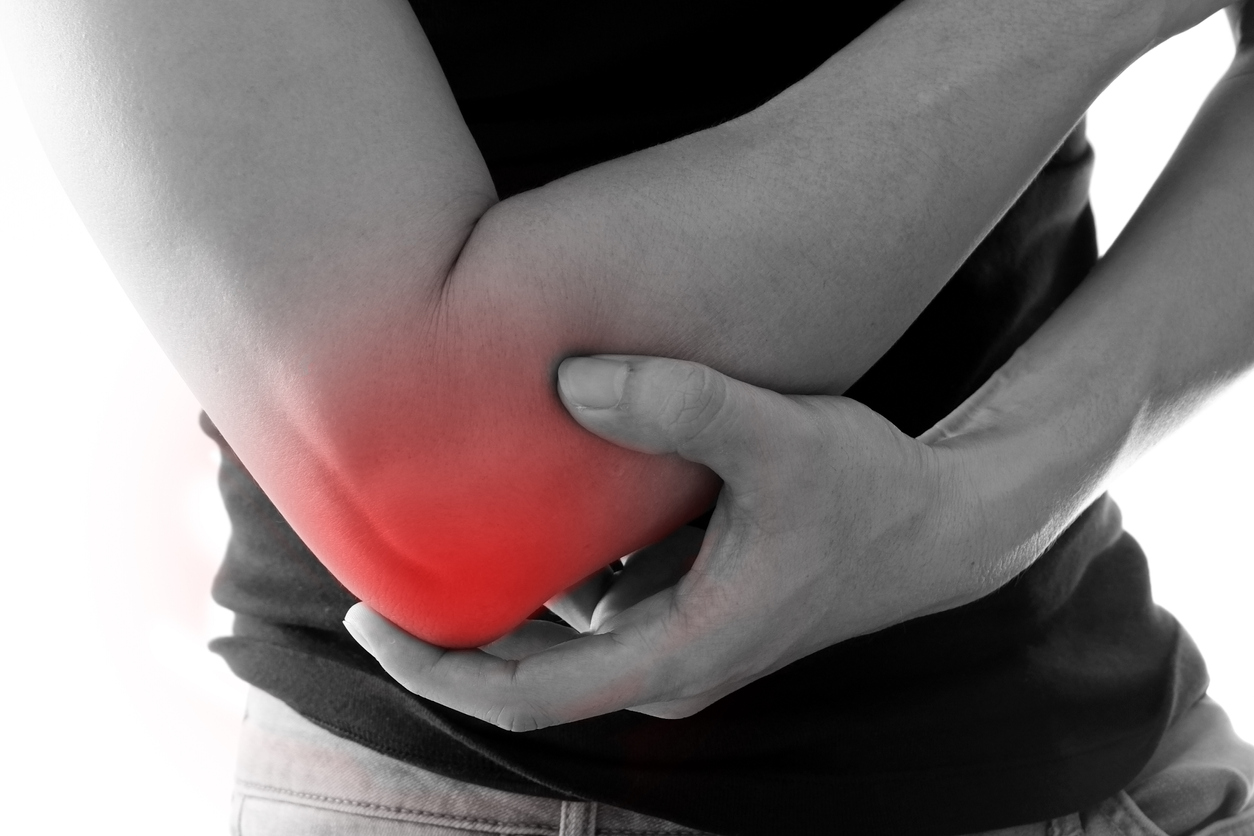Pain
The Difference Between Acute and Chronic Bursitis

Bursitis is a painful, yet typically temporary, condition that occurs when a bursa becomes inflamed or irritated. Bursae are small fluid-filled sacs that act as a cushion to reduce friction between bones, tendons and muscles located near joints. Most bursae are found close to large joints that perform repetitive motion.
Acute bursitis vs. chronic bursitis
Bursitis can affect the same area more than once. The two forms of bursitis are chronic (long-lasting) and acute (short-term). Repeated occurrences of pain, swelling and tenderness may result in chronic bursitis. Muscle deterioration, bursa damage, and reduced mobility of the affected joint can occur due to chronic bursitis.
- Acute bursitis is typically caused due to trauma, joint disease, or infection. Chronic bursitis is more often the result of inflammatory conditions or repeated overuse.
- Acute bursitis generally presents with pain, followed by decreased motion of the involved joint. It may also produce pain only when moving the affected joint. However, chronic bursitis is oftentimes painless.
- Acute bursitis results in pain due to the bursa becoming filled with fluid. Chronic bursitis allows the bursa to slowly expand to accommodate the increased fluid. As this fluid increases over time, the bursa thickens slowly, which may not result in any pain.
- Symptoms of acute bursitis mainly appear quickly. Chronic bursitis builds up over time; therefore, symptoms may not be experienced until later, if at all.
- Acute bursitis may present redness and warmth over the affected area; whereas, chronic bursitis normally does not. However, deep acute bursitis may have no obvious skin changes.








